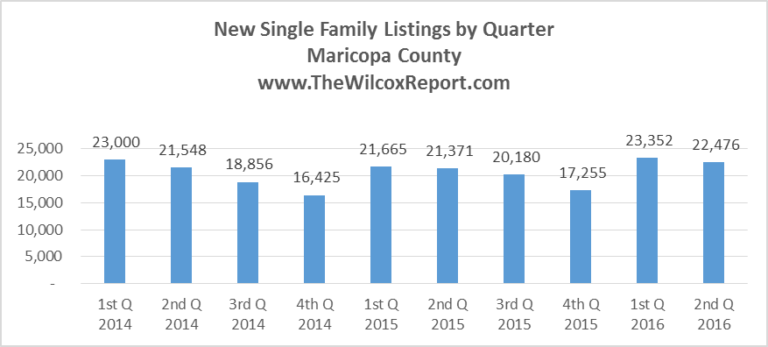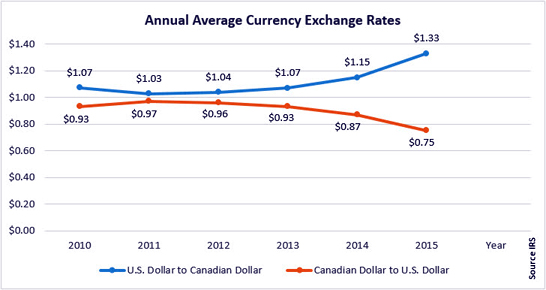What You Should Know About Loan Contingency & Cure Period Notice
Loan Contingency
A contingency clause defines a specific event or action that must take place for a contract to become binding. The Loan Contingency in the Contract says that if a buyer is not able to get a loan without Prior to Document (“PTD”) conditions the buyer is not obligated to complete the transaction. PTD conditions mean that loan documents will not be sent out because a lender requirement(s) has not been met by the buyer. Let’s read what the Contract says about the loan contingency.
Loan Contingency
2b. Lines 55-60. Buyer’s obligation to complete this sale is contingent upon Buyer obtaining loan approval for the loan described in the AAR Loan Status Update (“LSU”) form without Prior to Document (“PTD”) conditions no later than three (3) days prior to the COE date…No later than three (3) days prior to the COE Date, Buyer shall…deliver to Seller or Escrow Company notice of inability to obtain loan approval without PTD conditions.
According to the loan contingency language, while the buyer is not obligated to complete the transaction if they cannot get a loan, the buyer did promise to deliver notice that they could not get a loan three days before the close of escrow.
What happens if the buyer cannot get a loan, but breaks their promise and doesn’t deliver notice of inability to get a loan?
The Cure Period Notice
When a party to the Contract breaks a promise and, if there is not language in the Contract specifying what happens next, the remedy then is to deliver a cure period notice to the non-complying party.
“[while] the buyer did promise …the seller also made a promise. They made a promise to deliver a Cure Period Notice to the buyer if the buyer did not deliver notice of their inability to get a loan.“
Both parties in the Contract agreed, in Section 7a Lines 278-281 Cure Period, to deliver a Cure Period Notice to the non-complying party. In our example above, not only did the buyer make a promise according to the Contract, but the seller also made a promise. They made a promise to deliver a Cure Period Notice to the buyer if the buyer did not deliver notice of their inability to get a loan.
Once the Cure Period Notice is delivered, the non-complying party has three days to remedy their potential breach. In this case, it means that the buyer shall be entitled to a return of the earnest money if, prior to expiration of the cure period, the buyer delivers notice of inability to obtain loan approval.
Conclusion
Most of the time when you read the word “shall” in the Contract, a promise was made. As a rule, I recommend use of a Cure Period Notice when a promise is broken and the Contract does not have a specific timeline as to what happens next.
While the Loan Contingency in the Contract may result in the buyer getting the earnest money, there are other things to consider in this type of earnest money dispute. Was the buyer unable to get a loan described in the PQF or LSU? What did the loan denial from the lender state as the reason for the denial? Did the buyer have the down payment or other funds necessary to obtain loan approval? Was there a diligent and good faith effort?
Fletcher R. Wilcox is V.P. of Business Development and a Real Estate Analyst
Grand Canyon Title Agency.
He is author of www.TheWilcoxReport.com. His market analysis on residential real estate in Greater Phoenix has been mentioned in the Wall Street Journal, Bloomberg News, MarketWatch, HousingWire.com, National Mortgage News, Arizona Republic and the Phoenix Business Journal. He has been a guest speaker on local radio and both local and national TV.
He teaches real estate agents strategies on marketing. He instructs real estate classes in residential contract writing and Arizona title procedures. Fletcher started snowboarding in 2006. He is not very good.
Fletcher may be reached at FWilcox@GCTA.com 602.648.1230
















Follow Fletcher